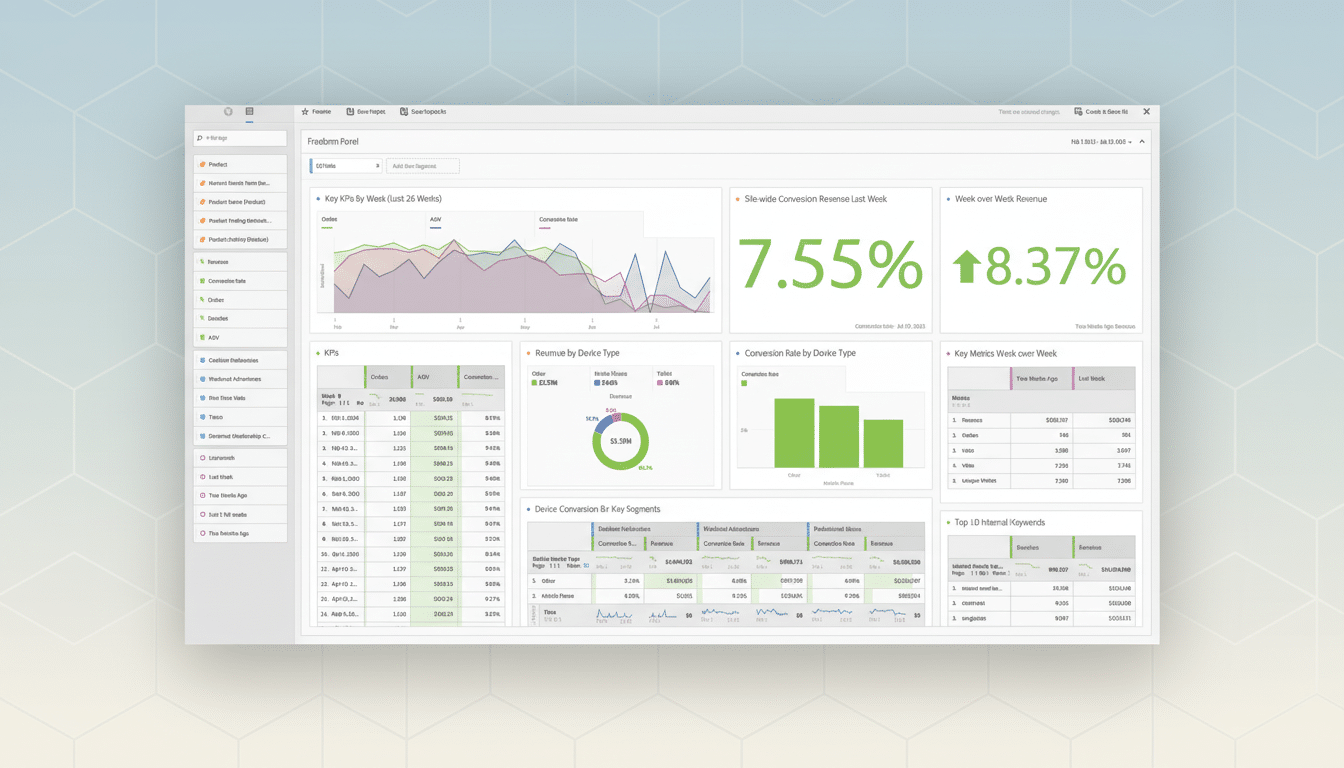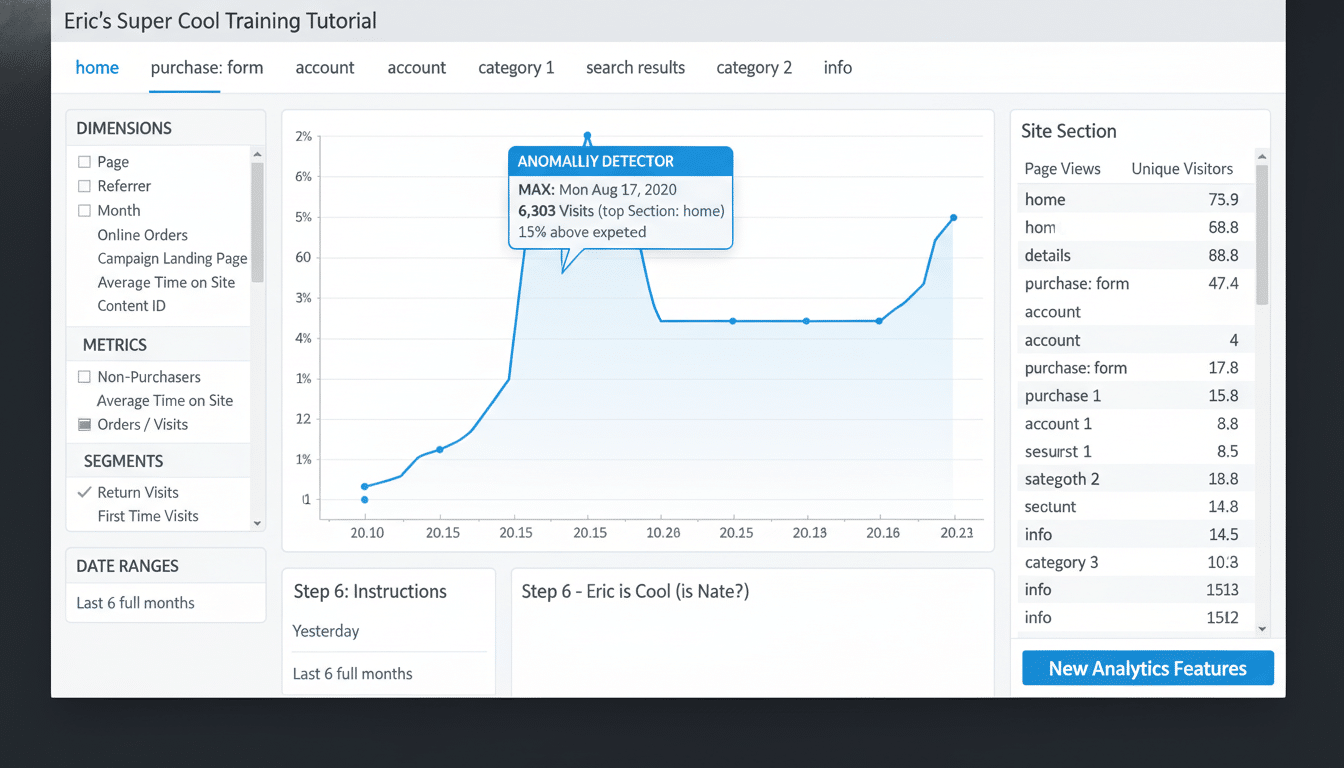You don’t necessarily need a broomstick to get airborne this season — October is quietly one of the better months to buy a drone for less. With holiday promos launching early and price-matched sets, as well as clearance prices on last year’s kits, there are plenty of opportunities to land a sweet deal on both a beginner quad and creator-ready rig too.
Those on the hunt for a deal should expect good price discounts from big-name brands and accessory-heavy bundles that keep on giving. Here, we explain why October is a sweet spot, what models you should be looking for, and how to distinguish between a true bargain and clever marketing.

Why You Can Find Bargains On Drones In October
Retailers take advantage of October to front-load holiday momentum, and that’s true for drones as well. Double-digit promotional depth for electronics during October, which widens further into November, has been a persistent feature tracked by Adobe Analytics. Circana’s retail data says accessories see deeper cuts first — extra batteries, cases, and prop sets — followed by core kits.
One nuance worth knowing: some of the best drone manufacturers have enacted minimum advertised pricing. That means straightforward price cuts are less common on flagship kits, instead manifesting as gift-card credits, Fly More–style bundles, or instant coupons. If a “bundle” throws in two batteries and a case for less than the cost of one spare battery at list, it’s a real deal.

Standout Drone Models Worth Watching This October
- DJI Mini 3: A penny-wise perennial favorite for creators on a budget. It’s under 249g, shoots sharp 4K video with vertical framing, and delivers long flight times — even longer if you pay for the higher-capacity battery upgrade. October usually ushers in bundle value (extra battery, charging hub) that beats purchasing add-ons later on.
- DJI Mini 4 Pro: For pilots who need all-direction obstacle sensing and improved 4K capture with smarter flight modes. It’s a small platform that often is the recipient of accessory-heavy retail bundles in the fall, especially from authorized resellers.
- Autel Evo Nano+: Yet another sub-250g flyer proving size isn’t everything, with a larger sensor for great low-light footage. Seek out kits that include ND filters and a few extra batteries — it’s these extras that turn the drone from casual toy into travel-ready tool.
- Potensic Atom SE: A solid entry-level pick with electronic image stabilization, easy-to-use controls, and good flight time per battery. The October sales often take it into impulse-buy territory while still offering GPS and return-to-home functionality.
- Midrange lines for Holy Stone and Ruko: These brands often give you two batteries, a carrying case, and GPS return as standard at low prices. They are great for learning the basics of flying or casual aerial filming, but their image pipelines won’t compete with those in top-notch flagships.
What Features Really Add Value to Your Drone Purchase
- Stabilization: There is no greater cinematic upgrade than shooting with a 3-axis gimbal. Electronic stabilization is good, but what’s best for smoothing motion in the wind and during aggressive flight is a mechanical gimbal.
- Flight Time: 30 minutes or more per battery is a good goal. A two-battery package doubles the usable time you get per session — a lifesaver when you’re setting up shots or testing new flight modes.
- Obstacle Sensing: Omni-directional detection of the environment provides an additional level of safety in tight and complex environments. If you are flying in and around trees, buildings, or at dusk, this will save your drone and/or footage.
- Transmission Reliability: The key is to have robust digital links with low-latency feeds to your remote or phone. The clarity of the video transmission is important for framing and safe navigation, especially in suburban interference.
- Weight Matters: Even recreational pilots who are flying for fun want to have a good time, and getting an aircraft under 249g typically means you don’t have to register it but still get into this world of 4K that we’re at across most platforms. For travel, that weight class is significant.
Rules You Have to Follow When You Fly a Drone Legally
Recreational pilots in the U.S. must take a free FAA TRUST test and adhere to community-based safety guidelines. Drones that weigh zero point five five pounds (249g) or more require FAA registration; cheaper recreational flyers are exempt from that procedure but still must obey airspace regulations and remain in line-of-sight.
Stay less than 400 feet above ground, make sure you are not in restricted airspace, and request authorization through LAANC when necessary. Most drones are now subject to Remote ID requirements, with many of the current models coming with built-in compliance and others needing an add-on unit. Guidelines from the FAA and from community organizations like the Academy of Model Aeronautics provide clear guidance for how to fly legally and responsibly.
How to Tell a Real Drone Deal from Clever Marketing
- Track History: Price-tracking tools, like Keepa or Camel-based services, can show whether that “sale” is actually below the recent average. For drones with MAP, the best deals are often offered as bundle add-ins rather than straight price cuts.
- Compare Bundle Math: Tally the retail price for additional batteries, charging hubs, prop guards, and cases. If the value of the bundle beats buying those pieces separately by at least 20%, you’ve probably struck some meaningful value.
- Purchase Authorized: Buying from authorized dealers will maintain your warranties and ensure Remote ID–compliant inventory. And it mitigates the chance of receiving gray-market batteries and accessories that might impair flight time or cause malfunctions.
- Pay Mind to the Return Window: Look into restocking fees and return policies — especially for sealed batteries. October promos frequently offer holiday returns that stretch into 2026 — perfect for trying out a kit and hitting the trails.
Bottom line: Those October drone deals are real, but the smartest savings beg for you to pair just the right airframe with just the right bundle. Choose a gimbal-stabilized camera, focus on flight time and safety features, confirm that it’ll play by the rules, and you’re up in the air — no broomstick necessary.

